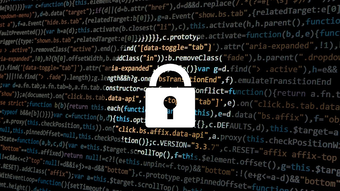
Proximity Cards store only a facility code and card number, while Smart Cards provide this information PLUS the ability to authenticate and store biographical information. Many systems utilize proximity technology.
These systems utilize readers that extract the ID number from the card and convey that ID number to the controller. The controller then searches the database for validity of that number and instructs the reader whether to “allow” or “deny” entry based on the validity of the ID number in the software. If the card number was not a valid enrollee in the system, access would be denied.
To enhance proximity card security even further, the controller can be set to read certain facility codes – in addition to only certain ID card numbers. This is a secondary level of authentication within the software itself. Thirdly, the controller could be programmed to allow only certain bit formats (in addition to the facility code and card number). This three-level configuration allows the maximum security within the proximity card platform.
As for Smart Cards, these cards can perform exactly as described above, but with even further capabilities of authentication and memory capacity. This additional storage can be used to store biographical information, pin codes or monetary values to be used in applications such as vending or pre-paid membership cards.
Perhaps you are implementing a new Smart Card system to replace your existing Proximity Card System. There are “combination” cards that will work in both systems to allow for a smooth transition from one system to the other. These cards contain both 125kHz proximity technology as well as 13.56MHz smart card technology in a single card. A couple of examples include the HID iCLASS 2020 and the HID PROX Combi Card. NFC Card, RFID Card, Smart Card, etc. Chips are made by NXP, MIFARE, Infineon, Atmel, Texas Instruments, STMicroelectronics, Samsungs, and Sony, etc.



